2017 Chassagne-Montrachet, Les Champs Gains, 1er Cru, Lamy Caillat, Burgundy

Critics reviews
The 2017 Chassagne-Montrachet 1er Cru Les Champs Gains wafts from the glass with aromas of orange oil, Meyer lemon, green apple, fresh pastry and clear honey. Medium to full-bodied, broad and textural, it’s layered and concentrated, with lively acids and an intensely saline finish. This has turned out very well.
As I wrote last year, readers as yet unfamiliar with Domaine Lamy-Caillat, a tiny estate that ranks as one of the Côte de Beaune’s most exciting new addresses, should refer to my profile in the Wine Advocate’s Interim End of March 2018 report. Artisanal winemaking and, above all, long, patient élevage is what defines this domaine, with the wines spending two winters on the lees before bottling by hand after natural clarification. The wines evolve at their own pace, and the meticulous Sébastien Caillat devotes immense attention to every detail.
I hope other Côte de Beaune winemakers will be tempted to emulate his methods, as the results speak for themselves. His 2017s have turned out brilliantly, confirming their status as the domaine’s best vintage to date, and the 2018s are also very promising. Excitingly, several new appellations have already joined the portfolio, and they are reported on in the accompanying notes.
Drink 2024 - 2045
William Kelley, Wine Advocate (February 2020)
About this WINE

Chardonnay
Chardonnay is often seen as the king of white wine grapes and one of the most widely planted in the world It is suited to a wide variety of soils, though it excels in soils with a high limestone content as found in Champagne, Chablis, and the Côte D`Or.
Burgundy is Chardonnay's spiritual home and the best White Burgundies are dry, rich, honeyed wines with marvellous poise, elegance and balance. They are unquestionably the finest dry white wines in the world. Chardonnay plays a crucial role in the Champagne blend, providing structure and finesse, and is the sole grape in Blanc de Blancs.
It is quantitatively important in California and Australia, is widely planted in Chile and South Africa, and is the second most widely planted grape in New Zealand. In warm climates Chardonnay has a tendency to develop very high sugar levels during the final stages of ripening and this can occur at the expense of acidity. Late picking is a common problem and can result in blowsy and flabby wines that lack structure and definition.
Recently in the New World, we have seen a move towards more elegant, better- balanced and less oak-driven Chardonnays, and this is to be welcomed.


Buying options
Add to wishlist
Description
The 2017 Chassagne-Montrachet 1er Cru Les Champs Gains wafts from the glass with aromas of orange oil, Meyer lemon, green apple, fresh pastry and clear honey. Medium to full-bodied, broad and textural, it’s layered and concentrated, with lively acids and an intensely saline finish. This has turned out very well.
As I wrote last year, readers as yet unfamiliar with Domaine Lamy-Caillat, a tiny estate that ranks as one of the Côte de Beaune’s most exciting new addresses, should refer to my profile in the Wine Advocate’s Interim End of March 2018 report. Artisanal winemaking and, above all, long, patient élevage is what defines this domaine, with the wines spending two winters on the lees before bottling by hand after natural clarification. The wines evolve at their own pace, and the meticulous Sébastien Caillat devotes immense attention to every detail.
I hope other Côte de Beaune winemakers will be tempted to emulate his methods, as the results speak for themselves. His 2017s have turned out brilliantly, confirming their status as the domaine’s best vintage to date, and the 2018s are also very promising. Excitingly, several new appellations have already joined the portfolio, and they are reported on in the accompanying notes.
Drink 2024 - 2045
William Kelley, Wine Advocate (February 2020)
wine at a glance
Delivery and quality guarantee